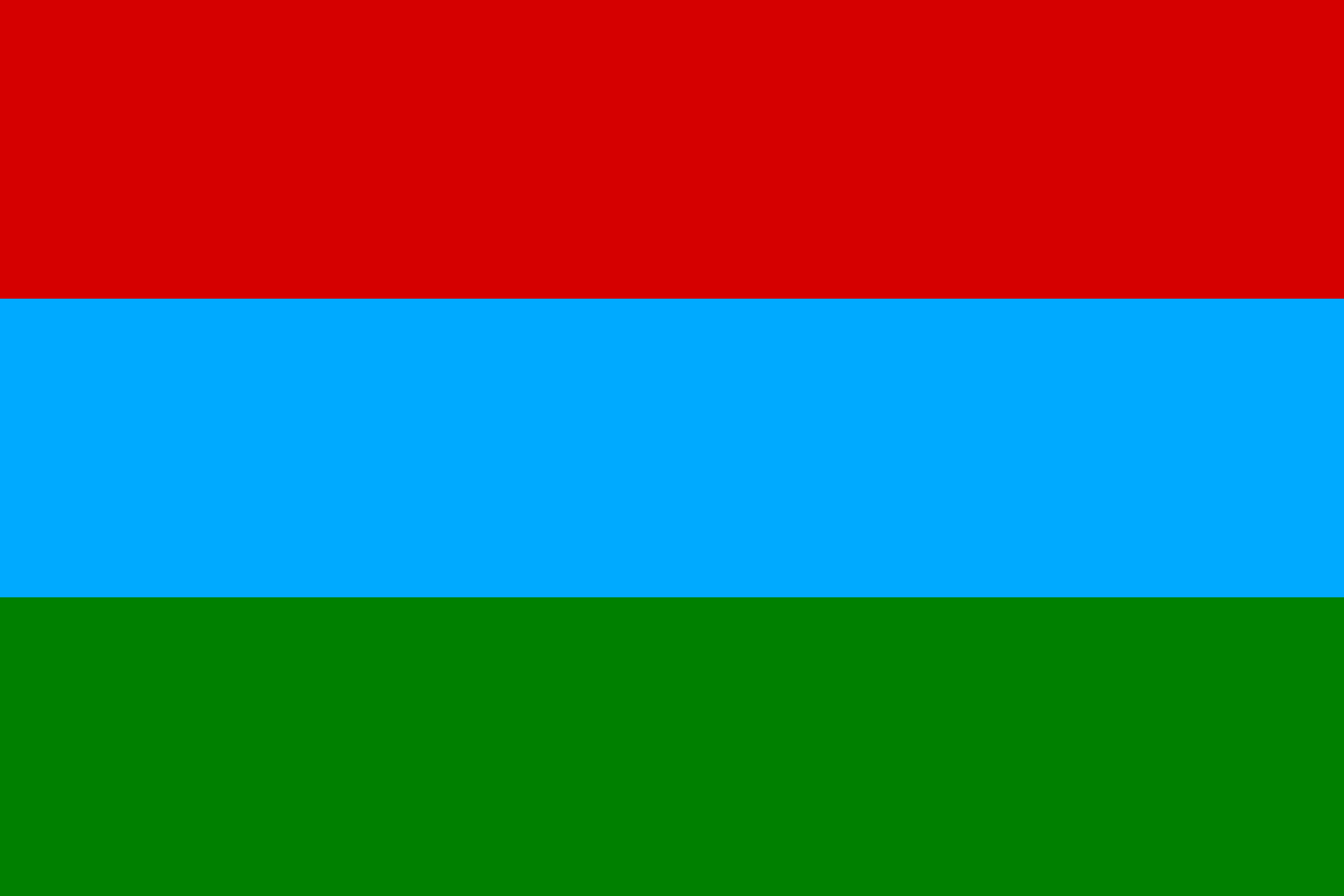Those who have ever been to Vedlozero region are impressed by unusual beauty of its places, vast expenses of spruce woods and lakes, quite small forest lakes ("lambyshka") and flourishing and balmy motley grass Here, among these amazing, beautiful and primeval places the village of Kinnerma is hidden. As a matter of fact, that is a modern name of the village. It is called Kinnermyagi in Karelian language. "Myagi" means "a mount", and "Kiner" means "a name", but toponymy cannot explain its meaning.
You can go round the village in a half an hour: there are seventeen houses and seven bath-houses ("banya"), and three of them are heated "po-chernomy" (old Russian way of heating when the chimney is inside the bath-house, filling it with smoke), an old cemetery and the chapel of Smolenskaya Mother of God ("Bogomater"). However, even in old times Kinnerma had just four more houses than it has now. But how many fields and meadows there were! At present only on the southern side of the village there are fields of "Vedlozersky" sovkhoz (state farm). Nevertheless, it is believed that in due course the lands are to be revived.
Although, Kinerma is fortunate. Only one family, the Ershovs live here permanently. The village becomes livelier in summer – children and grandchildren return to the village as if they are attracted by a mysterious force to their motherland.
The first record of Kinerma is referred to 1563. There were only four houses there at that time. It was a kilometer and a half to the nearest lake. But that fact did not frighten Makkula Zakharov and the others who settled there. The lands were fertile! But only twenty years the inhabitants of Kinnerma, which were few in number were happy with rich harvests – Swedish burnt the village. However, Mikkuls’s son restored it.
It never rains, but it pours. In the beginning of XVII century Kinnerma suffered from Lithuanians and Russian kazaks. And Mikkulas’s grandson - Miikhalli started restoring his ancestral nest. When reading historical materials one could envy our ancestors who had a strong feeling of kinship.
The village survived in the years of Stalin’s repressions. Nobody suffered, although Kinnerma was believed to have been prosperous, and peasants from neighboring places came there for seasonal work. The village protected its people against repressions. All together local inhabitants managed to save the chapel, which is still in the center of Kinerma. This place is a holy one according to the legend about a courageous warrior who lost his cross. Local people picked it up and brought to another place, but the other day the cross was found at the same place. That happened several times till the cross found its place. It was decided to put up a chapel there.
The chapel was built 200 years ago by one person, and that is not a legend. He was Swedish or Finnish, since only Finnish and Swedish masters made log houses of hewn logs.
Bath-houses ("banya"), pride of peasant house building, deserve to be paid special attention. The bath- houses are heated "po-chernomy" (old Russian way of heating when the chimney is inside the bath-house, filling it with smoke). Refusal of "banya po-chernomy" meant transition to another, prosperous stage of well-being. But the charm is that there are very few such bath-houses remained in Russia, and they are considered to be something exotic.
In November 1999 a project, called "Doma Olonii" (the houses of Olonya) was developed, aimed at preserving and developing the villages of Vedlozero region.
The document describes everything from the original idea to the implementation of the project: the programme is to last till 2006. On the basis of the project an agreement was made between the Committee of Arts Of Oyly, State Centre for protection and use of monuments of the Ministry of Culture of Republic Karelia and local administration of Pryazha. According to the idea, Ethnographical and Cultural Centre will be located in one of the houses. The Center shall revive old crafts – birch bark ("beresta") braiding, weaving, and embroidery. The museum of households will be placed in the Center.
The students of Applied Arts College from Oyly, practicing some time ago in Kinerma not only repaired the old building, but also decorated it, renewed the facing of Egorov’s house facade with Karelian traditional towels (wooden decorative element in the form of a towel). The house of the Egorovs is a traditional one with five walls and five windows, two of which are in "gornitsa" (a room) and three in a "pertti" (a big room). Utility rooms are usually placed behind the house. Cattle-shed, hayloft, shed/barn , two corridors and store-rooms are under one roof. Milk, butter, bread, cereals were usually stored in the upper store-room. The Egorovs stored salted fish and meat, bilberries, salt and instruments downstairs.
There is an old chest/box ("syndyk") in the gornitsa on the left, and a "posudnik" (wooden shelves for ware, plates and dishes). There is a Russian stove ("pech") on the right, a bed and a buffet. The floors in the corridor are white, not painted, polished with sand. Those who have ever visited Kizhi remember their first feelings. However, the impressions are a hundred times stronger here because it is not yet a museum but a usual Karelian house where people still live and keep piously kindliness and cordiality of its former inhabitants.
10 August is a special day for Kinnerma – the day of Smolenskaya Mother of God ("Bogomater"), which is an annual celebration of the village. Each village had its own holiday celebrated by all people of that village together. |









